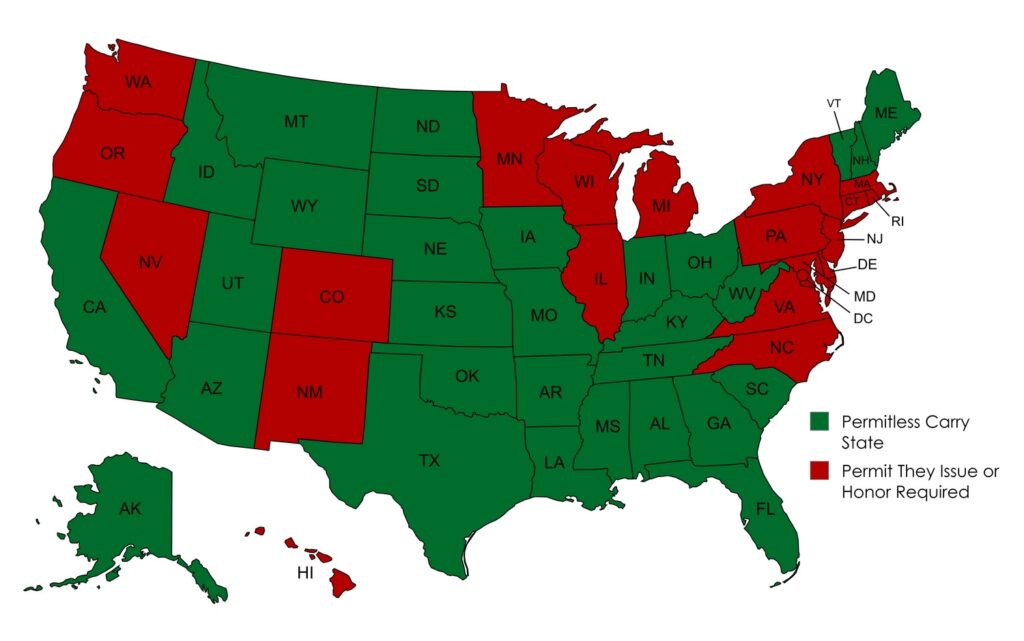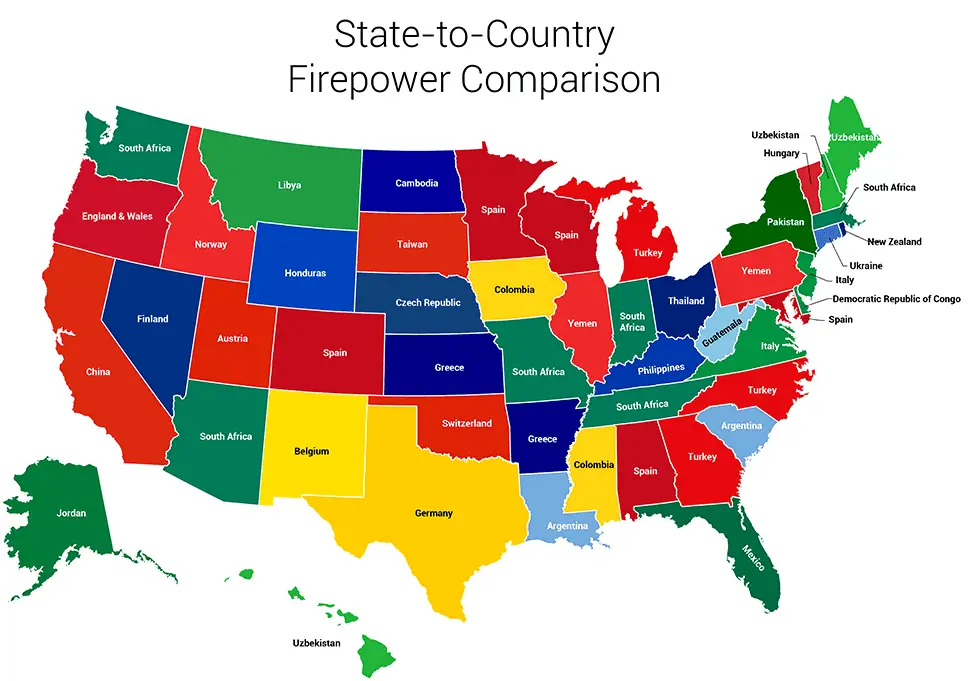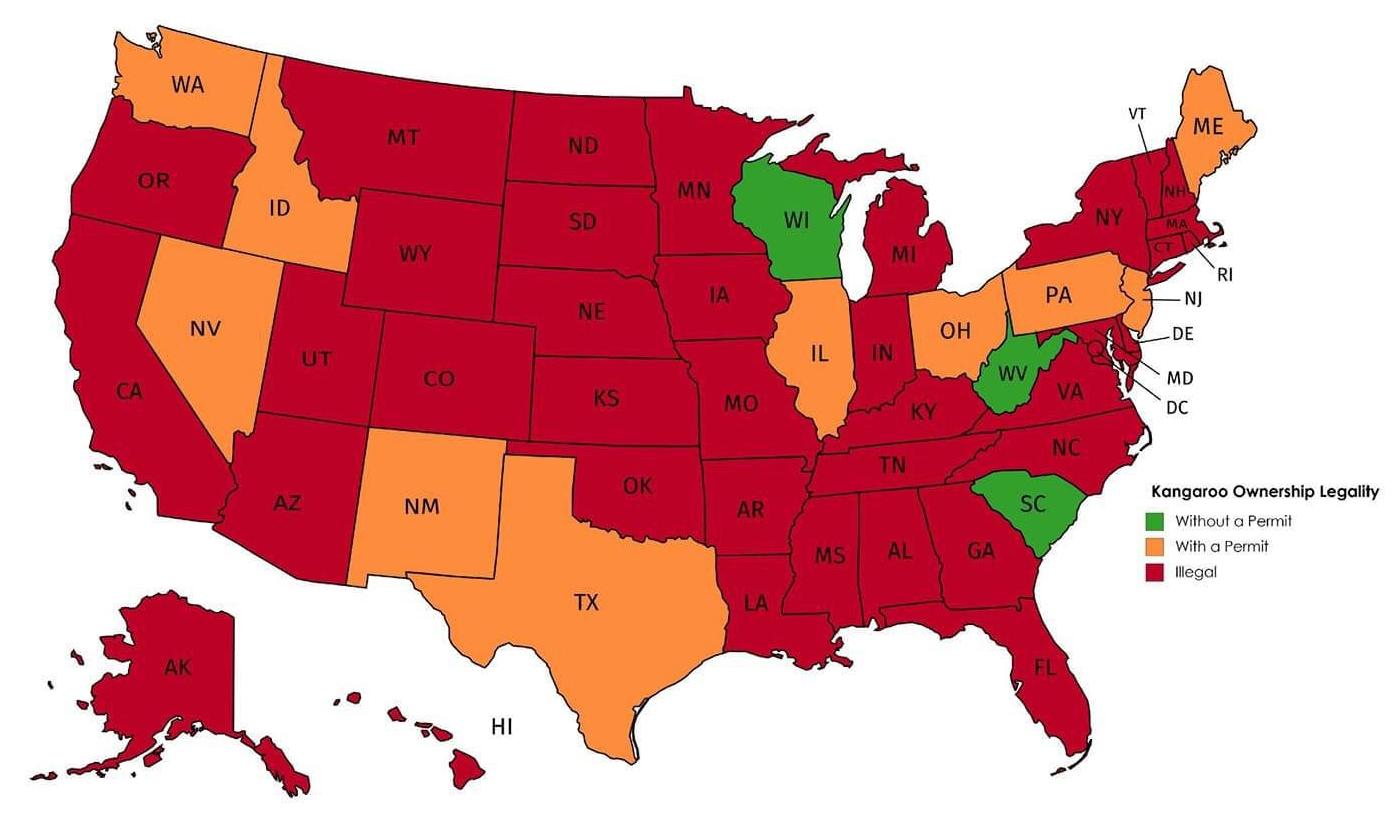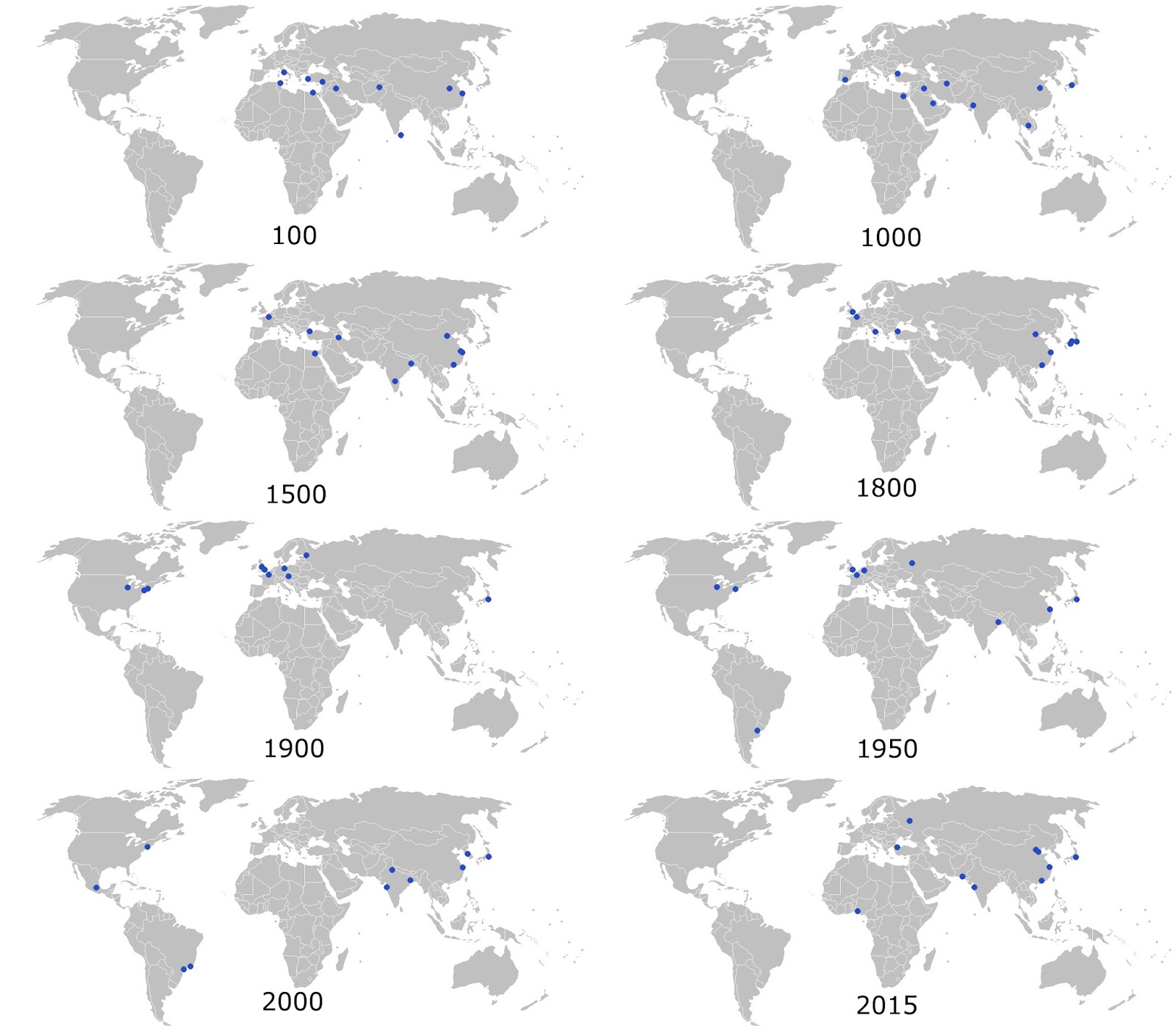The Expansion of Permitless Carry in the U.S. (2025 Update)
Gun laws in the United States are evolving rapidly, and one of the biggest shifts in recent decades is the spread of permitless carry, also known as constitutional carry. This trend has redrawn the legal landscape across much of the country.

The map above is based on data from Handgunlaw.us, which tracks firearm legislation nationwide.
What Does Permitless Carry Mean?
Permitless (or constitutional) carry laws allow individuals who can legally own a firearm to carry it concealed — and in some states, openly — without a state-issued permit.
That doesn’t mean permits have disappeared. Most of these states still issue optional permits, which can be useful for reciprocity (recognition across state lines), faster firearm purchases, or carrying in restricted areas.
How Many States Allow It in 2025?
As of September 2025, 29 states have adopted permitless carry. Vermont stands out as the only state that has never required a permit since its founding constitution of 1791.
Below is a table showing when each state enacted permitless carry and the minimum age allowed:
| State | Year Enacted | Minimum Age |
|---|---|---|
| Vermont | 1791 | 18 |
| Alaska | 2003 | 21 |
| Arizona | 2010 | 21 |
| Wyoming | 2011 (expanded 2021) | 21 |
| Kansas | 2015 | 21 |
| Maine | 2015 | 21 |
| Idaho | 2016 (expanded 2019–20) | 18 |
| Mississippi | 2016 | 18 |
| West Virginia | 2016 | 21 |
| Missouri | 2017 | 19 (18 military) |
| New Hampshire | 2017 | 18 |
| North Dakota | 2017 (expanded 2023) | 18 |
| Kentucky | 2019 | 21 |
| Oklahoma | 2019 | 21 (18 military) |
| South Dakota | 2019 | 18 |
| Arkansas | 2021 (court confirmed) | 21 (18 military/veterans) |
| Iowa | 2021 | 18 |
| Montana | 2021 | 18 |
| Tennessee | 2021 (court expanded 2023) | 18 |
| Texas | 2021 (lowered 2023) | 18 |
| Utah | 2021 | 21 |
| Georgia | 2022 | 21 (18 military) |
| Indiana | 2022 | 18 |
| Ohio | 2022 | 21 |
| Alabama | 2023 | 19 (18 with out-of-state permit) |
| Florida | 2023 | 21 |
| Nebraska | 2023 | 21 (18 military) |
| Louisiana | 2024 | 18 |
| South Carolina | 2024 | 18 |
Open Carry vs. Concealed Carry
When people talk about permitless carry, they usually mean concealed carry – keeping a handgun hidden on your person. This is where most legislation has shifted in recent years, and for good reason.
Open carry’s been around forever in most states without much hassle. Walk around with a gun on your hip? Fine in many places. But hiding it? Totally different story. Politicians always worried more about concealed weapons — you can’t see trouble coming, cops can’t spot problems as easily. For years, if you wanted to carry hidden, you had to take classes, pass background checks, get a permit from the state.
The ’80s and ’90s changed things when states started using “shall issue” rules, basically making permits way easier to score. But the real shift came in the 2010s. Gun folks started saying, “Look, if I can legally own this thing, why do I need extra permission to carry it?” The other side fired back that permits aren’t just red tape — they mean people actually learn how to handle their weapons safely.
That’s why concealed carry keeps making headlines. The debate isn’t really about who gets to own guns anymore. It’s about where and how they get carried around.
Take Florida – perfect example of how weird this gets. Since 2023, you can hide a gun without any permit. But wear it openly? Nope, still illegal. Shows you how much the details matter, even in so-called “permitless” states.
The Debate Over National Reciprocity
Beyond state laws, a new federal push is unfolding in 2025. The proposed Constitutional Concealed Carry Reciprocity Act has been introduced in both chambers of Congress. If passed, it would require states to recognize concealed carry permits issued elsewhere, much like driver’s licenses are honored nationwide.
Supporters say this protects Second Amendment rights and simplifies travel for lawful gun owners. Opponents argue it could override stricter state regulations, especially those requiring training or background checks.








